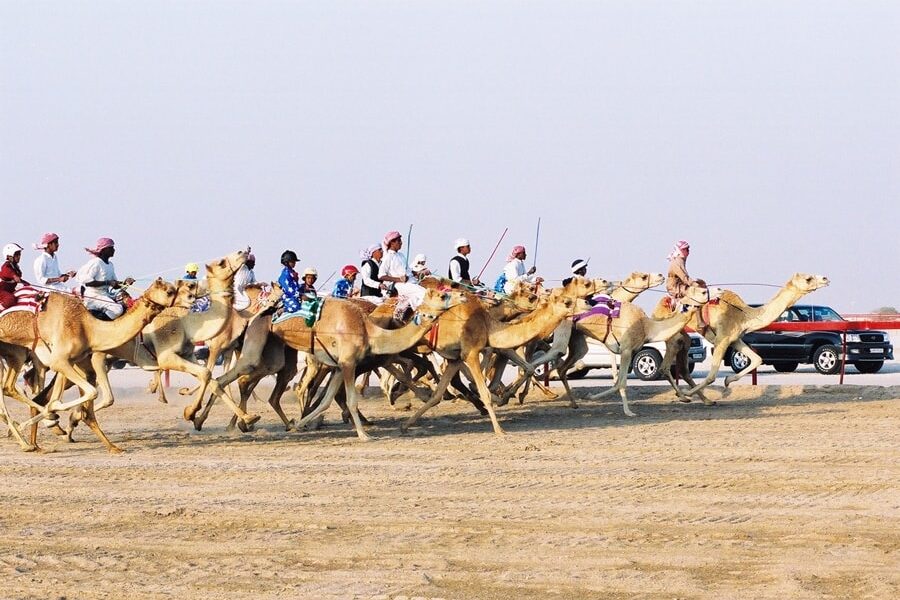The State of Qatar is one of the most exciting countries in the Middle East, with the population predominantly young, the economy expanding, and the pace of modernization quickening every year. A member of the six-nation Gulf Cooperation Council (GCC Countries), Qatar has hosted meetings of the World Trade Organization and the Organization of the Islamic Conference. It is the home of Al-Jazeera Satellite Channel and of the Qatar Foundation’s Education City, one of the most ambitious and far-reaching centers for education and research in the Middle East. For centuries, economic activity centered on camel breeding, fishing and pearl diving. In the twentieth century, the economy was transformed by the discovery of oil and, later on, of vast reserves of gas off the northeast coast. Qatar has the largest non-associated gas field yet discovered, and is now a major exporter of liquefied natural gas and condensates.
With economic prosperity came the development of a modern infrastructure: transport and telecommunication links, schools, hospitals and public health clinics. The University of Qatar was founded in 1973. Once the Father Emir, Sheikh Hamad Bin Khalifa Al-Thani assumed power in 1995, the pace of change accelerated.
Qatar’s population is young with more than 70 per cent under the age of 30, which adds to Qatar’s dynamism, energy and enthusiasm to evolve. Qatar is the first Arab Gulf country to grant women the right to vote and here women are academics, entrepreneurs and leaders. With an increasingly educated, well-travelled and worldly population, Qataris are in the business of building bridges across cultural and geographical boundaries.
Qataris are now harnessing natural resources and human potential to transform their society into one of educational, technological, sustainable and commercial excellence. Qatar welcomes ideas and innovations that help the nation tackle complex issues. It is in this spirit of openness and exchange that Qatar has defined its role and its objectives for the future.
Qatar National Vision 2030 was developed with the aim of achieving sustained development and economic progress for the nation. The document, produced by Qatar’s General Secretariat for Development Planning and published in 2008, outlines a comprehensive framework for Qatar’s way forward. The plan rests on four pillars: environmental, human, social and economic development.
A key objective is the transformation of Qatar from a carbon-based economy to a knowledge-based economy. In keeping with this vision and spearheaded by Qatar Foundation for Education, Science and Community Development, Qatar is investing enormous resources into education, science and research initiatives.
The country’s local population has welcomed more than a million foreign guests – residents who, under Qatari patronage are assisting the nation in its transformation.
Doha is also a prominent cultural center, with outstanding museums, an annual film festival, classical and contemporary music and a growing role as a sporting nation, who is proud to host the football World Cup in 2022.


TOURIST HOTSPOTS
Most beautiful and historic places of Qatar.
Pearl Qatar.
The Pearl-Qatar is a man-made island off the West Bay coast featuring Mediterranean-style yacht-lined marinas, up market residential towers, villas and internationally renowned hotels, as well as luxury shopping at top brand name boutiques and showrooms.
A popular dining spot with dozens of restaurants, its waterfront promenades are lined with cafes and restaurants serving every taste – from a refreshing ice cream to a five-star dining experience.
The Pearl is a popular visitor attraction by virtue of its chic elegance, outdoor atmosphere and al fresco dining. Hence its inviting description as the ‘Arabian Riviera’.
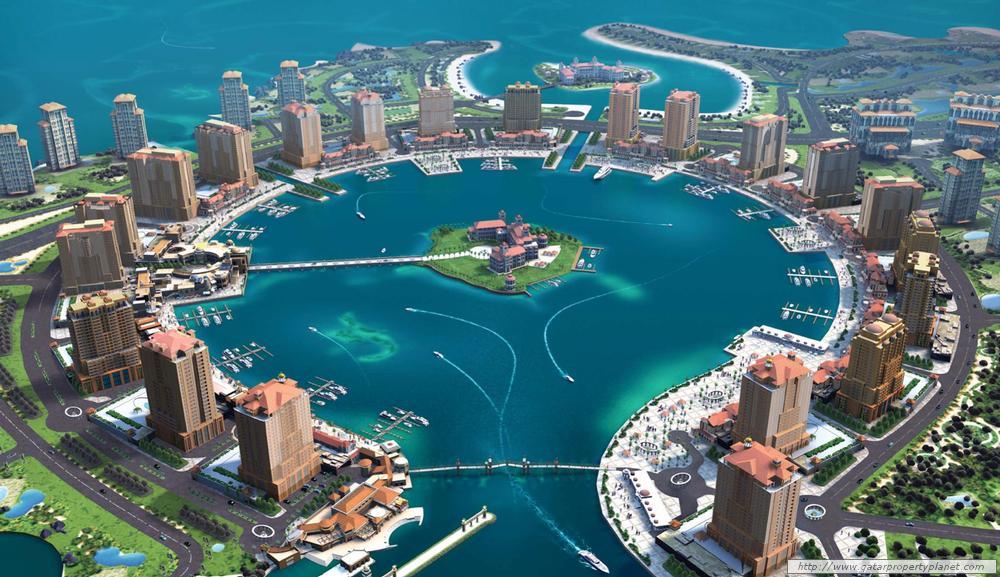
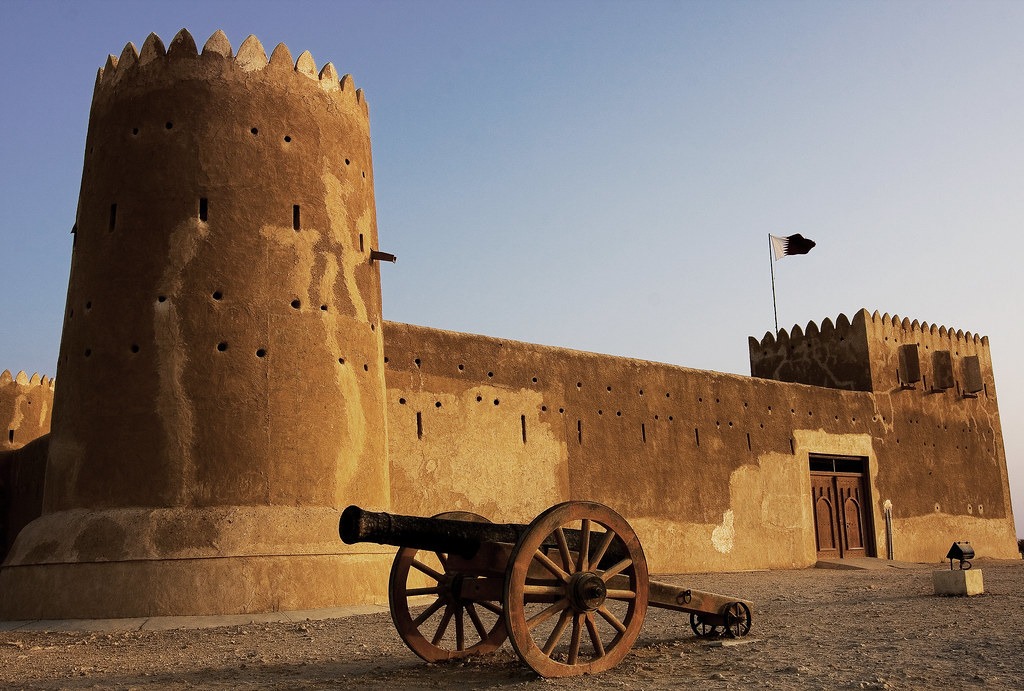
Al- Zubarah, Northwest of Qatar.
Al- Zubarah is a real ancient of Qatar. It is located on the Northwest side of Qatar and 107 miles away from the capital Doha. The people who are planning their tour in Qatar can take a trip to Al- Zubarah. The gulf site is most interesting in Al- Zubarah. The houses here are made of mud and mortar. They are made in a very traditional Qatari way with limestone. These coral styled houses plastered so that they couldn’t be washed away by the rain.
Qatar Inland Sea Al Khor
Some 60 km from Doha in the south-eastern corner of the country lies one of Qatar’s most impressive natural wonders, the ‘Inland Sea’ or Khor Al Adaid. A UNESCO recognized natural reserve with its own ecosystem, this is one of the few places in the world where the sea encroaches deep into the heart of the desert. Inaccessible by road, this tranquil expanse of water can only be reached by across the rolling dunes.
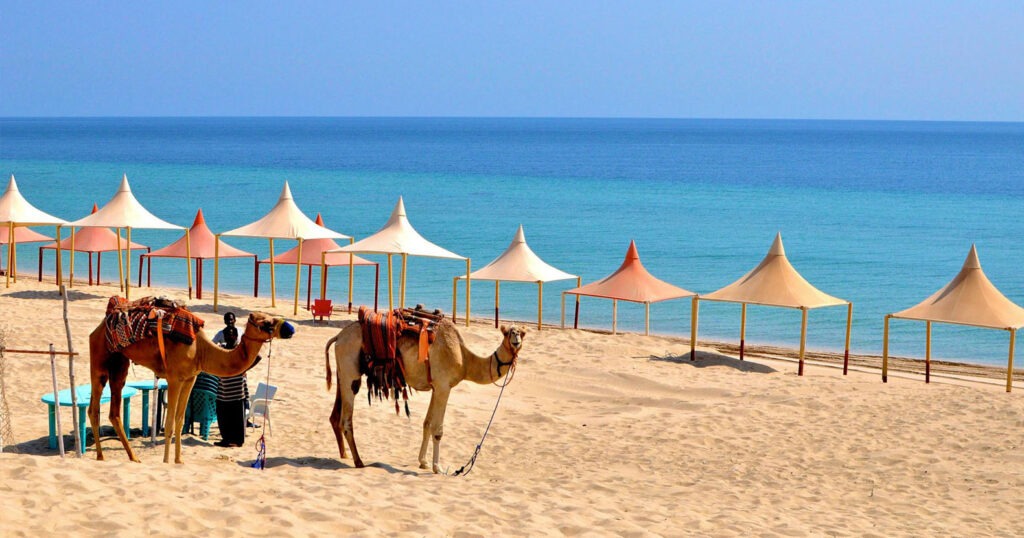

Souq Wakif
A stroll down the bustling alleys of Souq Waqif provides an authentic taste of traditional commerce, architecture and culture. The maze of small shops offer a dazzling array of Middle Eastern merchandise from spices and seasonal delicacies such as fresh dates and nuts, to perfumes, ornate jewellery, clothing, handicrafts and a treasure trove of souvenir bargains. Traditional music, art and cultural shows add to the ambience of this special place which also houses a comprehensive visitor centre. Relax and soak up the vitality and atmosphere at one of its eclectic mix of great restaurants and cafes which offer traditional Qatari food as well as regional dishes and treats from Asia and North Africa. The souq is also home to a number of art galleries and a traditional falconry market.
Katara
An innovative interpretation of the region’s architectural heritage, this purpose-built development’s impressive theatres, galleries and performance venues stage a lively year-round programme of concerts, shows and exhibitions.
Among the most famous of these is the Doha Film Institute’s Ajyal Youth Film Festival, which takes place in November each year. The Institute also showcases a programme of indoor and outdoor film screenings throughout the year.
Visitors can also find other recreational attractions, including top class restaurants offering a variety of cuisines, and a spacious, well-maintained public beach with water sports. Visitors will also find much to enjoy over a night time stroll along the promenade, with its expansive views of Doha’s skyline, as well as a rich array of seaside food stalls and markets.
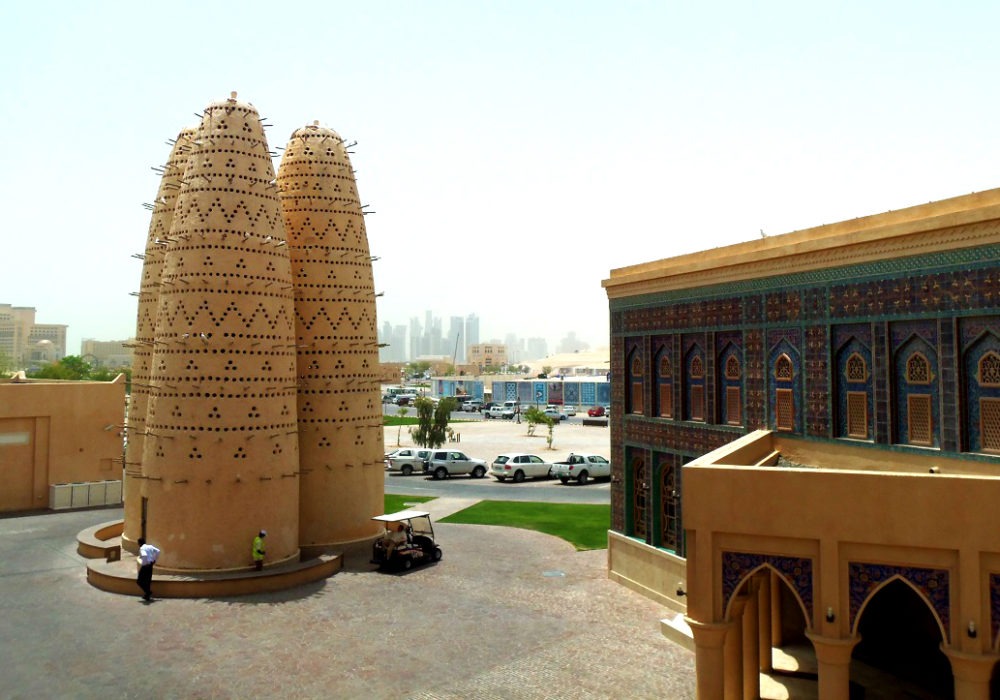

Falcon Souq
For a glimpse of Qatari heritage, don’t miss the Falcon Souq. You only have to see the scale of the market, afforded its own traditional arcaded building off Souq Waqif, to understand the place of falconry in Qatari society. Evenings are the best time to come, especially on Thursday, when you can watch customers examining the birds – most of them hooded in black leather, and perched on posts or railings – and discussing the finer points of falconry with the shopkeepers.
Banana Island
With its opaque waters and 800m golden-sand beach, the crescent-shaped Banana Island is one of the best excursions in Qatar (even if you’re not staying at the Covered in tropical plants and greenery, it’s reached via catamaran. Six restaurants on the island, from traditional Middle Eastern and American to Italian, keep guests fuelled up for the many activities.


Shaikh Faisal Bin Qasim Al Thani Museum
This museum offers the very rare opportunity to step onto a rich sheikh’s property and take a peek at his personal belongings. Sheikh Faisal has spent a lifetime collecting beautiful things. His vast, remarkable collection of artefacts includes carpets, furniture, swords, ancient tapestries, Bedouin outfits, plus a whole Syrian house (transported and placed inside the museum). The whole lot is displayed in an enormous fort-like building, which was hand-cut from limestone, purely to house all these weird and wonderful items.
The seemingly endless displays include dozens of classic American cars, dhows (traditional wooden boats), motorbikes, full-sized stuffed camels and other desert creatures, plus controversial pieces such as an elephant’s foot. Visitors will need a good few hours to take everything in, starting with the 10-minute educational video in which Sheikh Faisal talks about Qatari culture and heritage. There’s a small cafe at the end of the museum.
Desert Safari
A trip to Qatar would be a waste without this incredibly adventurous journey into the endless heart of the desert.
Considered as one of Qatar’s finest treasure Khor Al Adaid (also known as the Inland Sea) is a breathtakingly beautiful area surrounded by large golden sand dunes offering a stunning view.
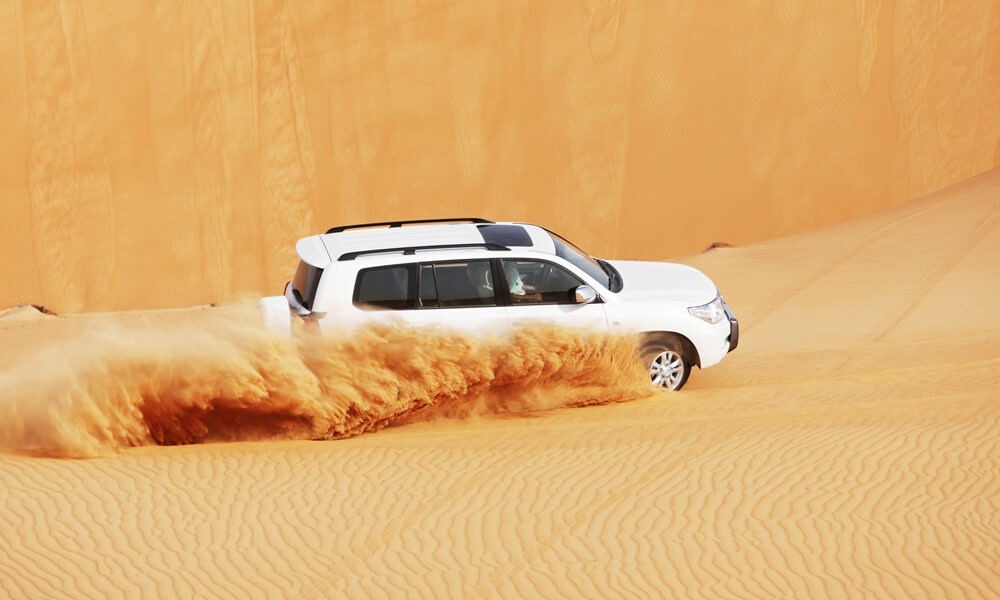
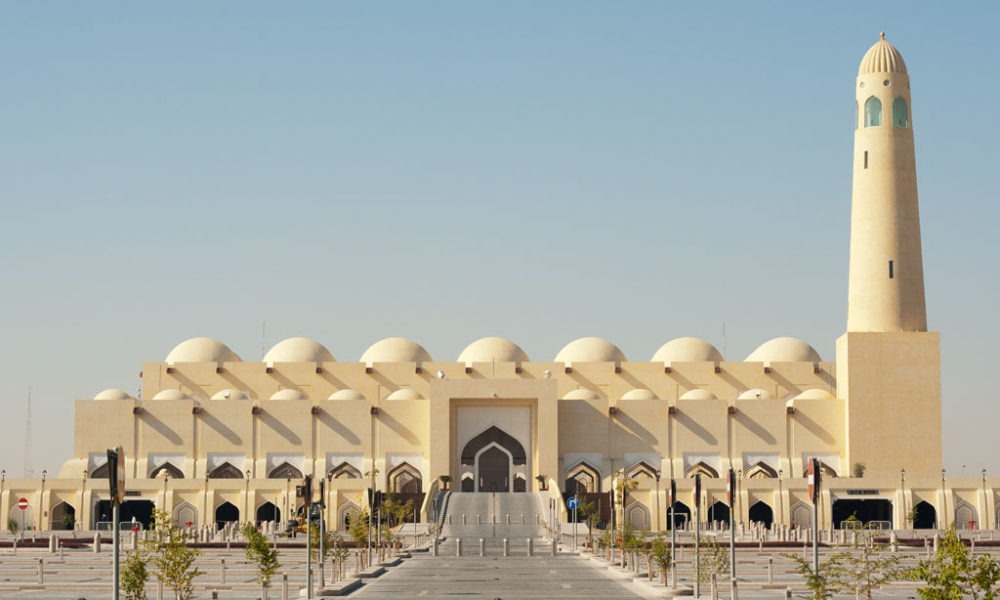
State Grand Mosque
Grand is an apt description of this mosque. The exterior is pleasantly intimidating, with the appearance of an impenetrable fortress, while the interior is awe-inspiring. The domed ceiling is high above your head, with stone white pillars throughout and simple chandeliers dangling above you. The space itself is impressively large, and you will be rendered speechless by the architecture. At night, the mosque’s exterior is particularly beautiful, as it is lit up with purple lights.
Al Jassasiya Carvings
Al Jassasiya is one of the most intriguing sites in Qatar. Its mystery lies in its petroglyphs – intricate and incomprehensible carvings in the stone that are incredibly rare. It is believed that these carvings are signs of some sort, and they feature shapes that represent animals, boats, and daisies. Many of the patterns and signs are not recognizable, and their meanings remain indecipherable. It is believed that these markings are hundreds of years old, making their preservation truly remarkable.

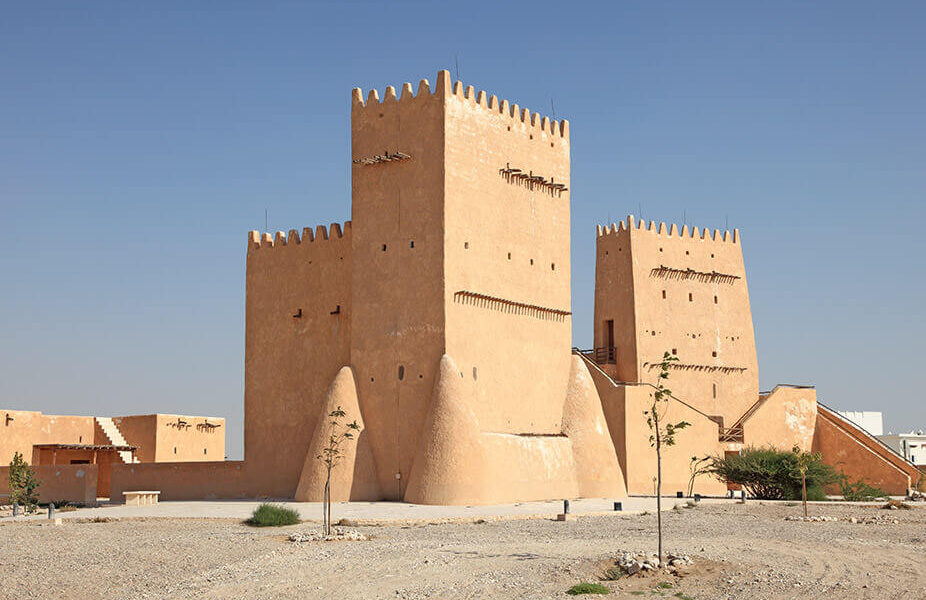
Barzan Towers
The Barzan Towers feature brilliant architecture, but to fully experience their beauty, you will have to make your way to the top. Once there, feast your eyes on the views. The building itself is quite formidable and beautiful in its own way. Be sure to take a camera; the spot is renowned for being a good place for photography.
Doha Fort
This military fortress is located in the heart of Doha and was built in 1927. This fortress was eventually converted into a museum, and now has exhibitions that feature wooden ornaments, old fishing equipment, oil paintings, and old photographs. The fort will make for a pleasant day out if you are looking to understand Qatar’s history and the lifestyles of its occupants a little better. But the most striking element of this fort is its exterior. It is grand and formidable and creates a sense of being surrounded by something eerily powerful. This makes for quite the experience. You will love the sight of this beautifully intimidating building.
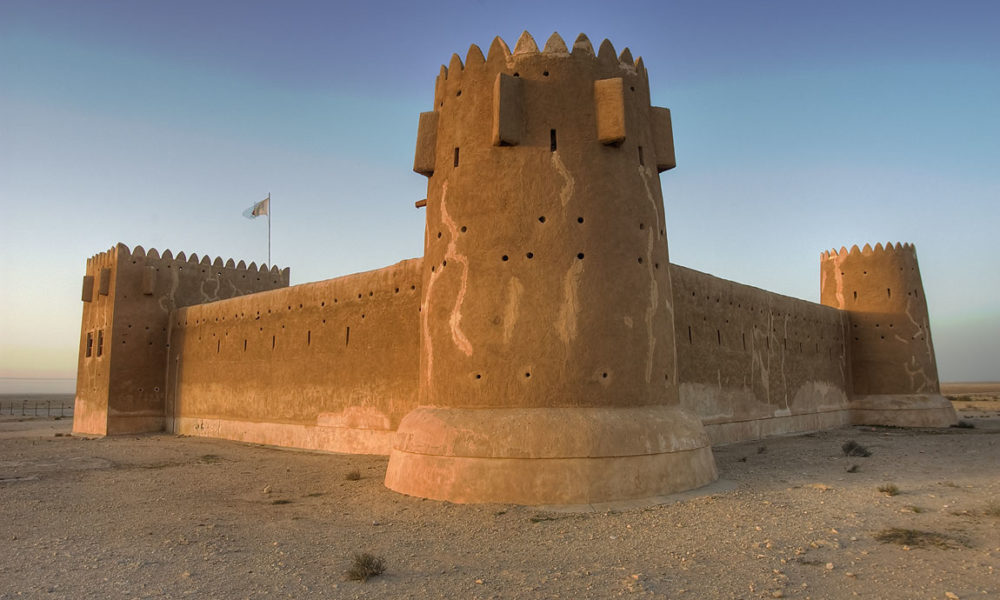
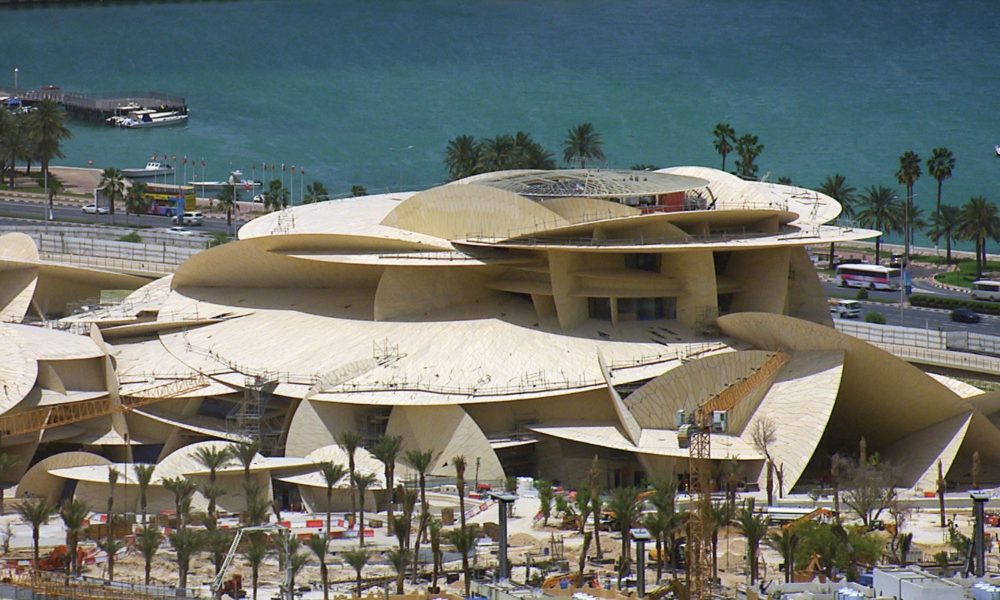
The National Museum of Qatar
The National Museum of Qatar is so complicated in its design that it could almost be mistaken for an origami masterpiece. The white building has sharp and curving edges and, on an architectural level, seems almost impossible. The building is currently under construction and is gradually making the architect’s jaw-dropping design a reality. The museum’s design is inspired by the desert rose, a natural phenomenon formed by crystals in certain climates. The architect believed that the desert rose represented the passage of time, and wanted to embody this idea in the design of the building.
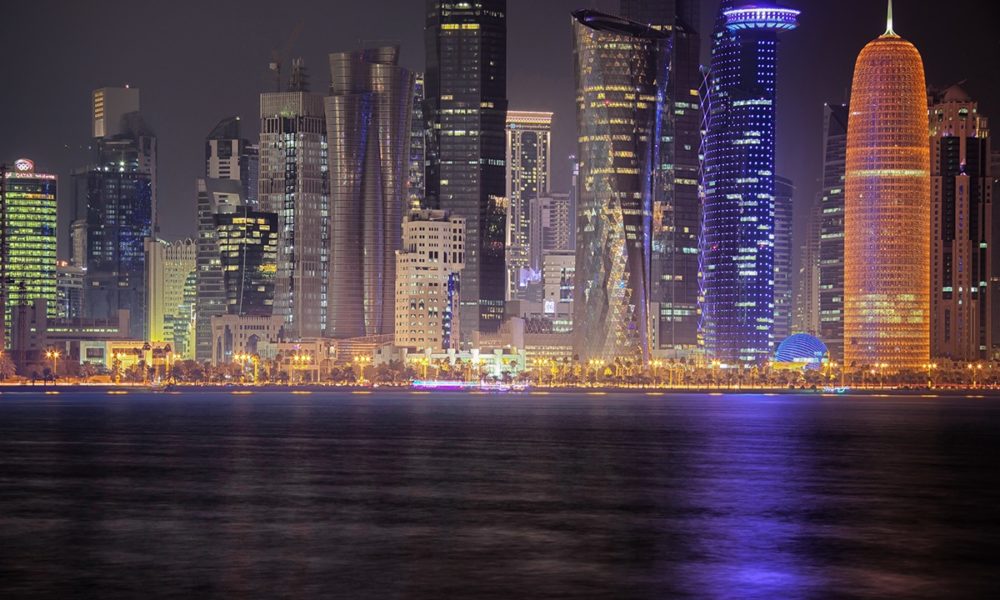
The Corniche, Doha
If you are a lover of open fresh breeze, then the cornice would be the best place for you to spend some good time with your loved one. You can just take a walk by the seaside at the cornice. The cornice is actually a curved shape boulevard. The long road by the seaside contains green grass on the other side. The Museum of Islamic Art is very close to it. You can also visit the Hotel Sheraton, a symbol of present Doha. The most breathtaking view is of the oyster by the Corniche side.
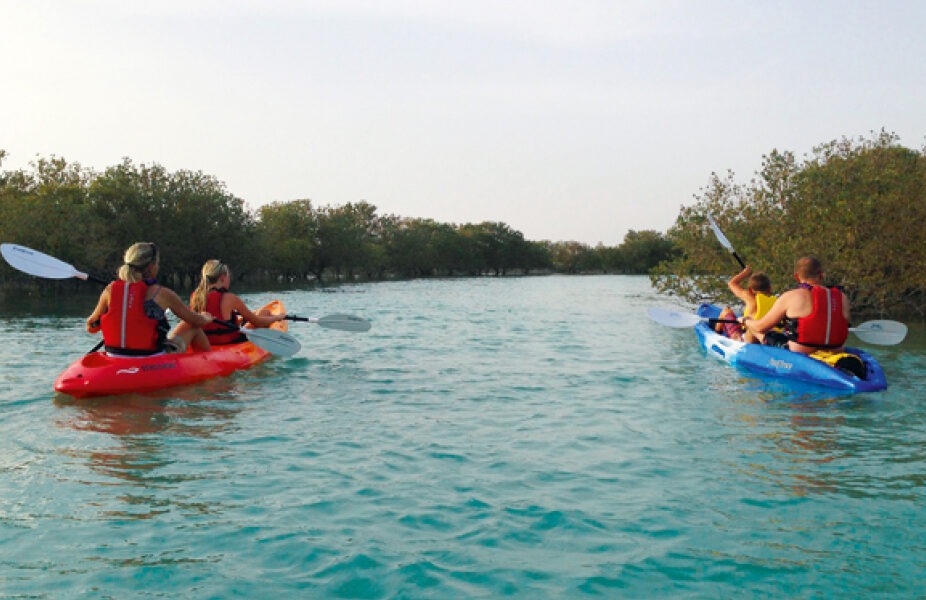
Al Thakira
Another worthy excursion out of Doha is the trip to the mangrove forest at Al Thakira, just north of the seaside city of Al Khor, an hour from Doha. In addition to the improbable juxtaposition of desert and ocean, the region also boasts the Al Thakira Nature Reserve, an island with a beach and a forest of mangroves, growing out of channels that fill and empty with the tide.
Al Shahaniya camel racetrack
Qatar will host the World Cup in 2022. But in the meantime, football isn’t the only sport you can enjoy during your stay in Doha. Traditional Qatari sports include falconry, horse racing, and camel racing. You can learn about the Bedouin tradition of falconry at the Souq Waqif and the role of Arabian horses in Qatar’s history at Al Shaqab. But the most exciting place to see the animals who are part of life in the gulf is the Al Shahaniya camel racetrack north of Doha.
